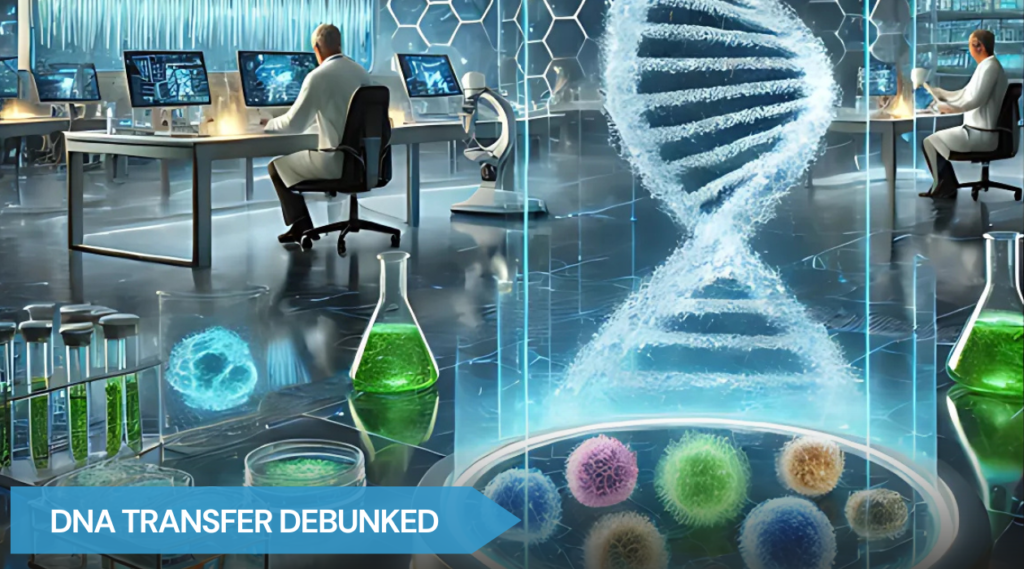The Evolution of Stem Cell Discovery: The Century-Long Journey to Auragens
By: Dr. Dan S Briggs • May 20, 2024 • auragens.com

At Auragens we are often praised or given credit for being on the cutting edge of a field that is providing incredible patient results. But in truth we are standing on the shoulders of well over a century worth of research.
As a part of our mission to educate and break down the misinformation surrounding the use of Stem Cells we thought it may be of value to place our position at Auragens in some historical context. While we believe ourselves to be the very best at what we do, our tremendous patient results would not be possible without those that came before us.
The story of stem cell discovery spans over one hundred years, marked by significant contributions from various scientists who advanced our understanding of these remarkable cells.

Alexander Alexandrowitsch Maximow (1874-1928)
Early Theories and Observations
In 1908, Russian histologist Alexander A. Maximow laid the groundwork for the concept of stem cells. He proposed the existence of a common precursor cell for all blood cells, which he termed a “stem cell.” Maximow’s hypothesis, based on his meticulous observations of blood cell development, was pioneering, though it would take decades for his ideas to be experimentally validated.
Pioneering Experiments in the 1960s
The definitive evidence of stem cells came in the early 1960s from the work of Canadian researchers Ernest A. McCulloch and James E. Till. Conducting experiments on mice, they demonstrated the presence of self-renewing cells in the bone marrow. These cells, which they later identified as hematopoietic stem cells, could differentiate into various types of blood cells. McCulloch and Till’s groundbreaking experiments provided the first concrete proof of stem cells, cementing their place as foundational figures in stem cell biology.
Advancements in Embryonic Stem Cells
The 1980s marked another significant leap in stem cell research with the isolation of embryonic stem cells from mice. Researchers Martin Evans, Matthew Kaufman, and Gail Martin succeeded in deriving these pluripotent cells, which could give rise to virtually any cell type in the body. Their work not only expanded the scope of stem cell research but also set the stage for exploring stem cells in humans.
Mesenchymal Stem Cells and the Role of Arnold Caplan
In 1991, Dr. Arnold Caplan introduced the term “mesenchymal stem cells” (MSCs) after identifying a population of cells in the bone marrow capable of differentiating into bone, cartilage, and fat cells. Caplan’s work highlighted the potential of MSCs for regenerative medicine, sparking interest in finding other sources of these versatile cells.

Dr. Arnold Caplan (1942-2024)
Human Umbilical Mesenchymal Stem Cells
Building on the foundation laid by earlier researchers, the late 1990s and early 2000s saw significant progress in the study of mesenchymal stem cells derived from human umbilical cords. These cells, known as human umbilical mesenchymal stem cells (hUMSCs), were found to share many of the beneficial properties of bone marrow-derived MSCs, including the ability to differentiate into various cell types and modulate immune responses.
Researchers like Joanne Kurtzberg and her colleagues were instrumental in exploring the therapeutic potential of hUMSCs. They demonstrated that these cells could be harvested non-invasively and had high proliferation rates, making them ideal candidates for regenerative therapies. Studies showed the promise of hUMSCs in treating a wide range of conditions, from neurological disorders to cardiovascular diseases.

Dr. Christian Diaz, Auragens Medical Director







